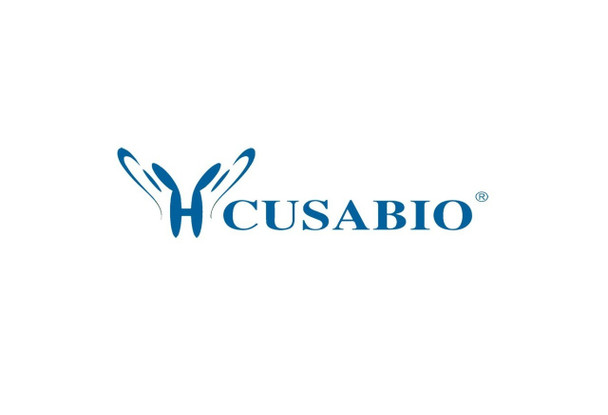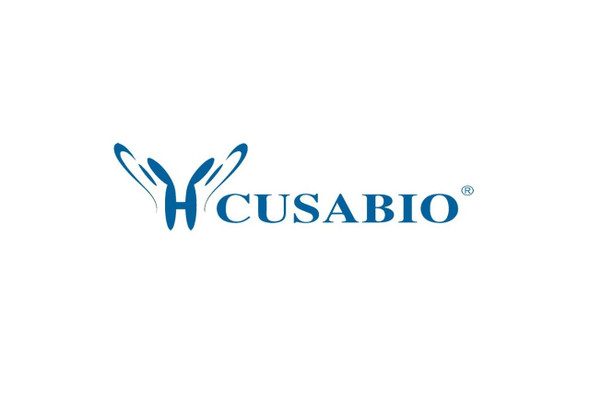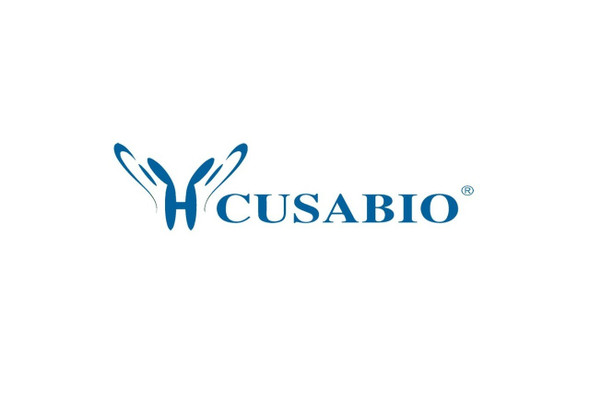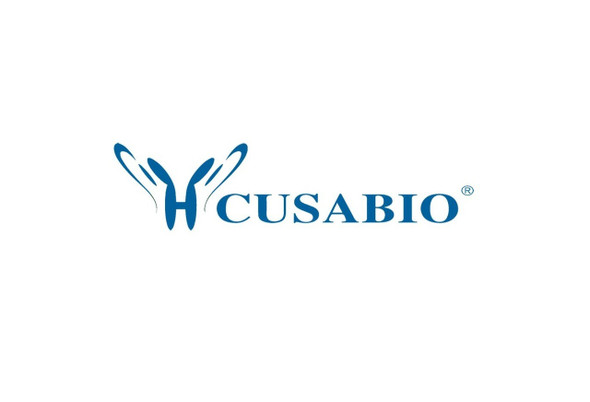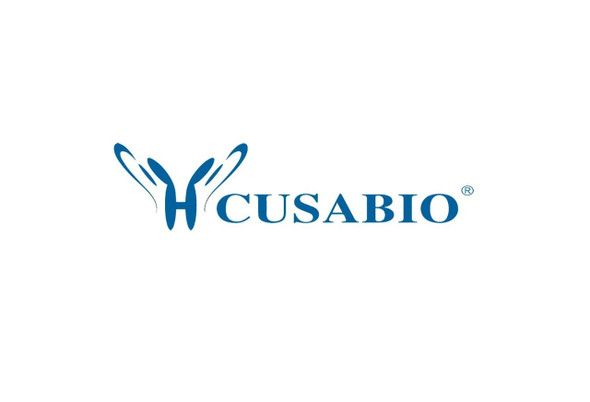Cusabio Polyclonal Antibodies
TAX1BP3 Antibody | CSB-PA04445A0Rb
- SKU:
- CSB-PA04445A0Rb
- Availability:
- 3 to 7 Working Days
Description
TAX1BP3 Antibody | CSB-PA04445A0Rb | Cusabio
TAX1BP3 Antibody is Available at Gentaur Genprice with the fastest delivery.
Online Order Payment is possible or send quotation to info@gentaur.com.
Product Type: Polyclonal Antibody
Target Names: TAX1BP3
Aliases: Tax1-binding protein 3 (Glutaminase-interacting protein 3) (Tax interaction protein 1) (TIP-1) (Tax-interacting protein 1), TAX1BP3, TIP1
Background: May regulate a number of protein-protein interactions by competing for PDZ domain binding sites. Binds CTNNB1 and may thereby act as an inhibitor of the Wnt signaling pathway. Competes with LIN7A for KCNJ4 binding, and thereby promotes KCNJ4 internalization. May play a role in the Rho signaling pathway. May play a role in activation of CDC42 by the viral protein HPV16 E6.
Isotype: IgG
Conjugate: Non-conjugated
Clonality: Polyclonal
Uniport ID: O14907
Host Species: Rabbit
Species Reactivity: Human
Immunogen: Recombinant Human Tax1-binding protein 3 protein (1-124AA)
Immunogen Species: Human
Applications: ELISA, WB
Tested Applications: ELISA, WB; Recommended dilution: WB:1:1000-1:5000
Purification Method: >95%, Protein G purified
Dilution Ratio1: ELISA:1:2000-1:10000
Dilution Ratio2: WB:1:1000-1:5000
Dilution Ratio3:
Dilution Ratio4:
Dilution Ratio5:
Dilution Ratio6:
Buffer: Preservative: 0.03% Proclin 300
Constituents: 50% Glycerol, 0.01M PBS, PH 7.4
Form: Liquid
Storage: Upon receipt, store at -20°C or -80°C. Avoid repeated freeze.
Initial Research Areas: Signal Transduction
Research Areas: Epigenetics & Nuclear Signaling;Signal transduction;Stem cells

